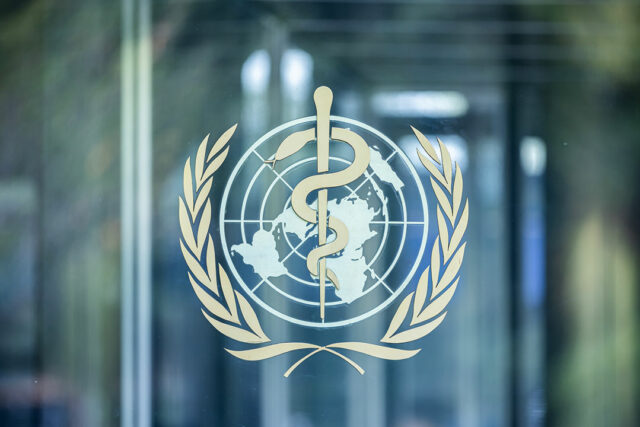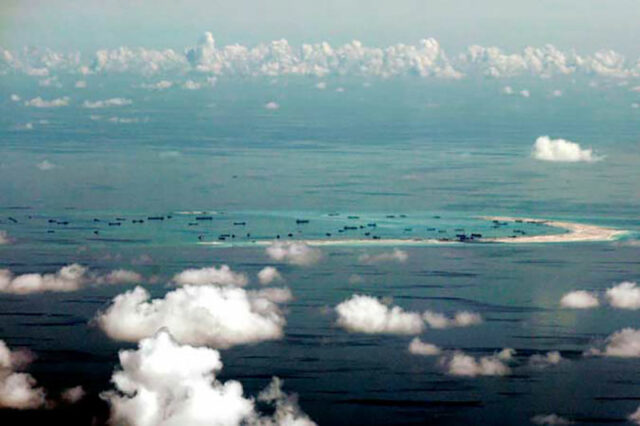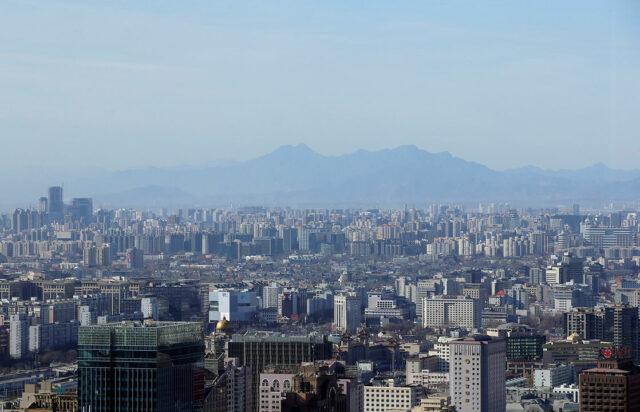SINGAPORE — The U.S. Navy’s deployment of new extremely long-range air-to-air missiles in the Indo-Pacific could erase China’s advantage in aerial reach, experts say, part of an intensifying focus on projecting power amid high tensions in the region.
The AIM-174B, developed from the readily available Raytheon SM-6 air defense missile, is the longest-range such missile the United States has ever fielded and was officially acknowledged in July.
It has three key advantages: it can fly several times farther than the next-best U.S. option, the AIM-120 AMRAAM; it does not require new production lines; and it is compatible with the aircraft of at least one ally, Australia.
Crucially, a weapon such as the AIM-174B, which can attack aerial targets as far away as 400 km (250 miles), outranges China’s PL-15 missile, allowing U.S. jets to keep threats farther from aircraft carriers, and safely strike “high-value” Chinese targets, such as command-and-control planes.
“The United States can ensure the safety of their important assets, such as carrier groups, and launch long-range strikes on PLA targets,” said Chieh Chung, a researcher at a Taipei-based thinktank, the Association of Strategic Foresight, using an abbreviation for the People’s Liberation Army.
The West has not easily been able to do that until now.
The AIM-120, the standard long-range missile for U.S. aircraft, has a maximum range of about 150 km (93 miles), which
requires the launching aircraft to fly deeper into contested territory, exposing aircraft carriers to greater danger of anti-ship attacks.
Any type of South China Sea conflict, within the so-called First Island Chain, which runs roughly from Indonesia northeast to the Japanese mainland, means the U.S. Navy would operate within few hundred kilometers of its Chinese adversary.
Supporting Taiwan in an invasion would pull the Navy in even closer.
The AIM-174B changes that equation, keeping PLA carrier-hunting aircraft out of firing range and even endangering their planes attacking Taiwan, Cheih said. That increased the likelihood the United States would get involved in a major conflict in the region, he added.
“The big thing is that it lets the United States push in a little bit further” into the South China Sea during a conflict, said a senior U.S. defence technical analyst, who declined to be identified because the matter is a sensitive one.
“And it’s going to potentially change Chinese behaviour because it’s going to hold large, slow, unmanoeuvrable aircraft at greater risk.”
RANGE ADVANTAGE
For decades, the United States’ advantage in stealth fighters, first with the F-117 and then with the F-22 and F-35, meant that missiles such as the AIM-120 were all that was needed.
The U.S. military also leaned into developing the AMRAAM as a cheaper alternative to a new missile, drastically improving its performance over decades, said Justin Bronk, an airpower and technology expert at London’s Royal United Services Institute.
The SM-6 is estimated to cost about $4 million each, says the Missile Defense Advocacy Alliance, while an AMRAAM costs about $1 million.
European nations, which lacked access to stealth technology until recent years, developed the ramjet-powered Meteor missile, with a range of 200 km (124 miles), produced by MBDA.
MBDA did not respond to a request for comment.
The advent of Chinese stealth aircraft such as the J-20, and more important, the PL-15 missile it can carry internally – with a range of 250 km (155 miles) or more – eroded the U.S. edge, said Kelly Grieco, a senior fellow at the Stimson Center.
Now a stealthy Chinese aircraft could theoretically spot non-stealthy U.S. aircraft and shoot them down well outside the range where they could even fight back, she said.
Even U.S. stealth aircraft might be forced to fly dangerously close to fire their missiles.
“If a Chinese fighter can outrange an American fighter, it means they can get the first shot,” she said. “It’s hard to outrun something that’s travelling at Mach 4.”
The AIM-174B was developed to quickly address that need.
The secretive Lockheed Martin AIM-260, a separate U.S. Air Force program to develop an extremely long-range air-to-air missile small enough for stealth aircraft to carry internally, has been in development for at least seven years.
Lockheed Martin declined to comment on the project.
China is developing missiles with longer range than the PL-15, Bronk said, but the radar of launching aircraft may be unable to spot targets at such distances.
“If you go too big and too heavy with the missiles, you end up trading off fuel” for the aircraft, he added.
AVAILABILITY
Using Raytheon’s SM-6, originally designed for a ship-launched air defense role, means production lines are already available. Funding has already been earmarked for more than 100 SM-6 missiles a year.
Raytheon declined to comment on how many AIM-174Bs would be produced or if existing SM-6s would be converted.
So far it has only been shown on U.S. Navy F/A-18E/F Super Hornet aircraft, which are operated by the U.S. and Australian militaries.
The United States sees Australia as a crucial ally and location for projecting power into the South China Sea, and is investing hundreds of millions of dollars in military infrastructure there.
Australia’s defense ministry said it “works closely with the U.S. to understand capability options available for Australian consideration”.
The U.S. Defense Department referred questions about the AIM-174B to the U.S. Navy.
The Navy said the missile was “operationally deployed” but declined to comment on whether it would be supplied to allies, whether it would be integrated onto other aircraft, and how many AIM-174Bs it wanted each year.
The versatility of the SM-6, which has also been used to hit ships, land targets and missiles, opens up possibilities beyond the AIM-174B, said Peter Layton, a defense and aviation expert at the Griffith Asia Institute.
For instance, if fitted with an anti-radar seeker, it could attack and disrupt surface-to-air missile batteries from extremely long range.
For now, though, adding the AIM-174B to the U.S. Navy’s arsenal, even if not yet in large numbers, changes the calculus of a regional conflict, the senior technical analyst said.
“If this is enough to push (China’s high-value) aircraft way back, then you don’t need many,” the analyst added.
“Because the threat has caused the adversary to change their behavior … It makes a South China Sea scenario easier.” — Reuters

















